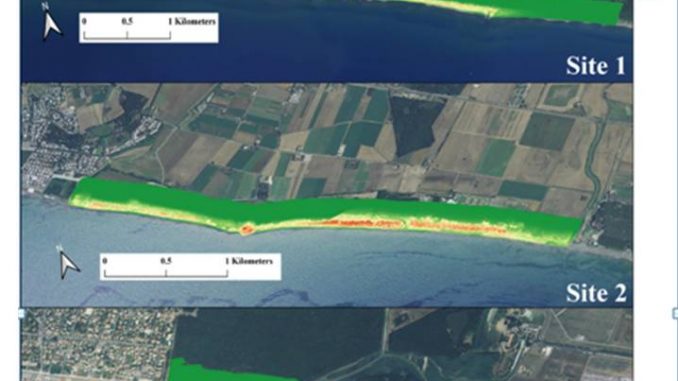
Preventing biological invasions in areas of conservation concern represents the most cost-effective strategy to minimize the impact of Invasive Alien Species (IAS) on native communities. In this context, invasive Species Distribution Models (iSDMs) are a sound tool for predicting invasion risk in protected areas. Although their potential to support invasive species managers is widely acknowledged, evidence of iSDMs providing actual conservation solutions is still scarce. With this work, we propose an iSDM-based methodology that accounts for the role of multiple invasion drivers to assess the risk posed by IAS in protected areas. Using a binomial Generalized Additive Model, we predicted the occurrence of a highly invasive plant in Mediterranean dune systems. According to the predicted IAS occurrence, we quantified the invasibility of protected sites inside the study area, classified each site in low to medium-high invasibility categories, and identified site-specific management perspectives. Our results encourage the use of iSDMs as a means of evaluating the risk posed by IAS in protected areas, and, at the same time, represent an attempt to fill the gap between theory and practice in conservation decision-making.
https://www.sciencedirect.com/science/article/pii/S1470160X18305788?via%3Dihub
Bazzichetto, M. , Malavasi, M., Bartak, V., Acosta, A.T.R., Rocchini, D., Carranza, M.L. 2018. Plant invasion risk: a quest for invasive species distribution modeling in managing Natura 2000 sites. Ecological Indicators 95: 311–319

Commenta per primo